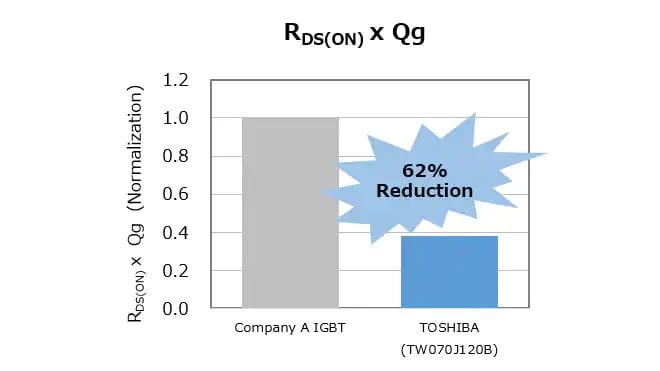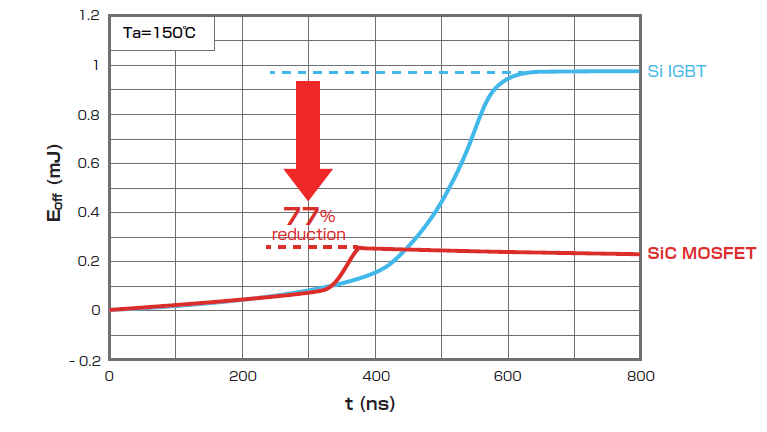- 半導體首頁
-
應用Automotive
Body Electronics
xEV
In-Vehicle Infotainment
Advanced Driver-Assistance Systems (ADAS)
Chassis
IndustrialInfrastructure
BEMS/HEMS
Factory Automation
Commercial Equipment
Consumer/PersonalIoT Equipment
Healthcare
Wearable Device
Mobile
Computer Peripherals
-
產品車用元件
Discrete Semiconductor
Diodes
電晶體
通用邏輯IC
Analog Devices
Digital Devices
Wireless Devices
※
: Products list (parametric search)
功率半導體※
: Products list (parametric search)
隔離器/固態繼電器Photocouplers
Digital Isolators
※
: Products list (parametric search)
MOSFETsIGBTs/IEGTs雙極性電晶體※
: Products list (parametric search)
Diodes※
: Products list (parametric search)
微控制器馬達驅動 ICs智能功率 ICs※
: Products list (parametric search)
電源管理 ICs線性 ICs※
: Products list (parametric search)
通用邏輯 ICs線性影像感測器其他產品其他產品
※
: Products list (parametric search)
-
開發/設計支援
開發 / 設計支援
-
技術知識
- 購買管道
- 型號 & 關鍵字搜尋
- 交叉搜尋
- 參數搜尋
- 線上庫存查詢跟購買
This webpage doesn't work with Internet Explorer. Please use the latest version of Google Chrome, Microsoft Edge, Mozilla Firefox or Safari.
型號需要超過三個文字以上 Search for multiple part numbers fromhere.
The information presented in this cross reference is based on TOSHIBA's selection criteria and should be treated as a suggestion only. Please carefully review the latest versions of all relevant information on the TOSHIBA products, including without limitation data sheets and validate all operating parameters of the TOSHIBA products to ensure that the suggested TOSHIBA products are truly compatible with your design and application.Please note that this cross reference is based on TOSHIBA's estimate of compatibility with other manufacturers' products, based on other manufacturers' published data, at the time the data was collected.TOSHIBA is not responsible for any incorrect or incomplete information. Information is subject to change at any time without notice.
型號需要超過三個文字以上
5 kW Isolated Bidirectional DC-DC Converter Reference Design
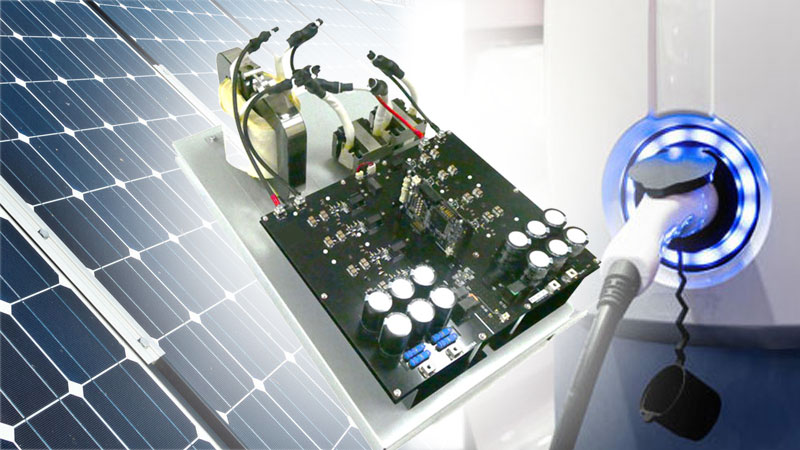
The 5 kW Isolated Bidirectional DC-DC Converter reference design from Toshiba shows how to improve a power supply design's efficiency using SiC MOSFETs. The design uses the dual active bridge (DAB) method, one of the most popular topologies for such high-power converters. The DAB topology has full bridges on both sides, allowing the direction and amount of power to be controlled by adjusting the phase difference between the left and right bridge circuits. This highly versatile reference design forms a starting point for developing and prototyping high-power conversion applications, such as electric vehicle charging stations and inverters in solar power generators.
Feature/Specification
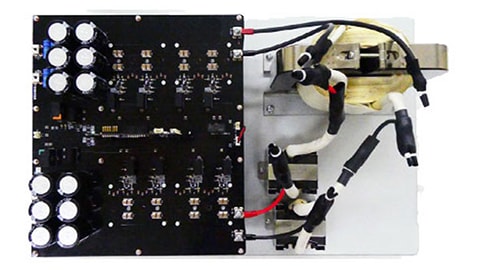
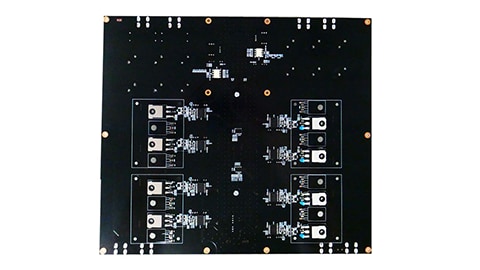
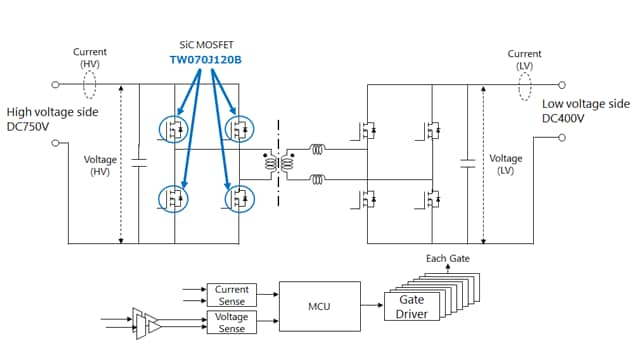
Features
- Bidirectional high-power conversion by DAB method
- High power conversion efficiency using SiC MOSFETs on the high voltage side
- Total solution including low voltage side MOSFET (TK49N65W5) and gate driver (TLP5214A)
Specifications
- High Voltage Side : DC 732 V to 768 V
- Low Voltage Side : DC 396 V to 404 V
- Rated Power : 5.0 kW
Example application
- Example application of EV charging system
- Example application of a photovoltaic inverter
EV charging system
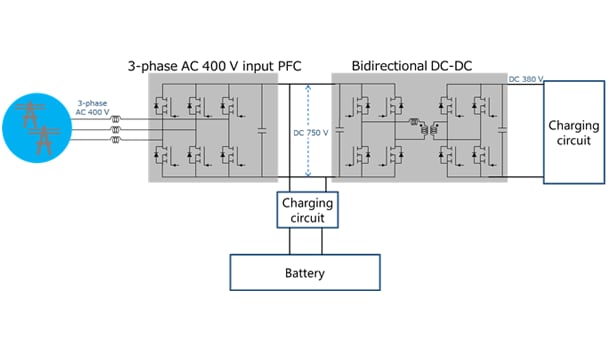
The diagram shows a system that combines two reference designs available from Toshiba. The “5 kW Isolated Bidirectional DC-DC Converter” reference design (introduced in the following article) is matched with a high-efficiency “3-phase AC 400 V Input PFC Converter” reference design. The two reference designs can be used together for quick and easy system development and are both available from Toshiba.
A photovoltaic inverter

Inverters for photovoltaic power generation (hereinafter referred to as PV inverters) require highly efficient bi-directional DC-DC converters with low loss. They are used to adjust the DC voltage level supplied by the solar panels and transfer it to the inverter and storage battery charging circuit.
PV inverters are used to convert DC voltages generated by PV panels into commercial AC voltages for use in houses and factories, or to feed them to the power system (Grid) (reverse power flow). However, the power generation capacity of solar panels depends on the time of day and the weather, and it is impossible for the PV panel to supply enough power at night or during cloudy weather. By adding a battery that stores surplus power during favorable weather, we can build a system that can provide a stable supply of electricity whenever it’s needed.
Bi-directional DC-DC converters are indispensable in providing power from storage batteries to the power system, and vice versa, providing power from the power system to the storage battery. Highly efficient and bidirectional operation uses isolated DC-DC converters to create a PV-inverter system that utilizes limited power with low-loss performance.


